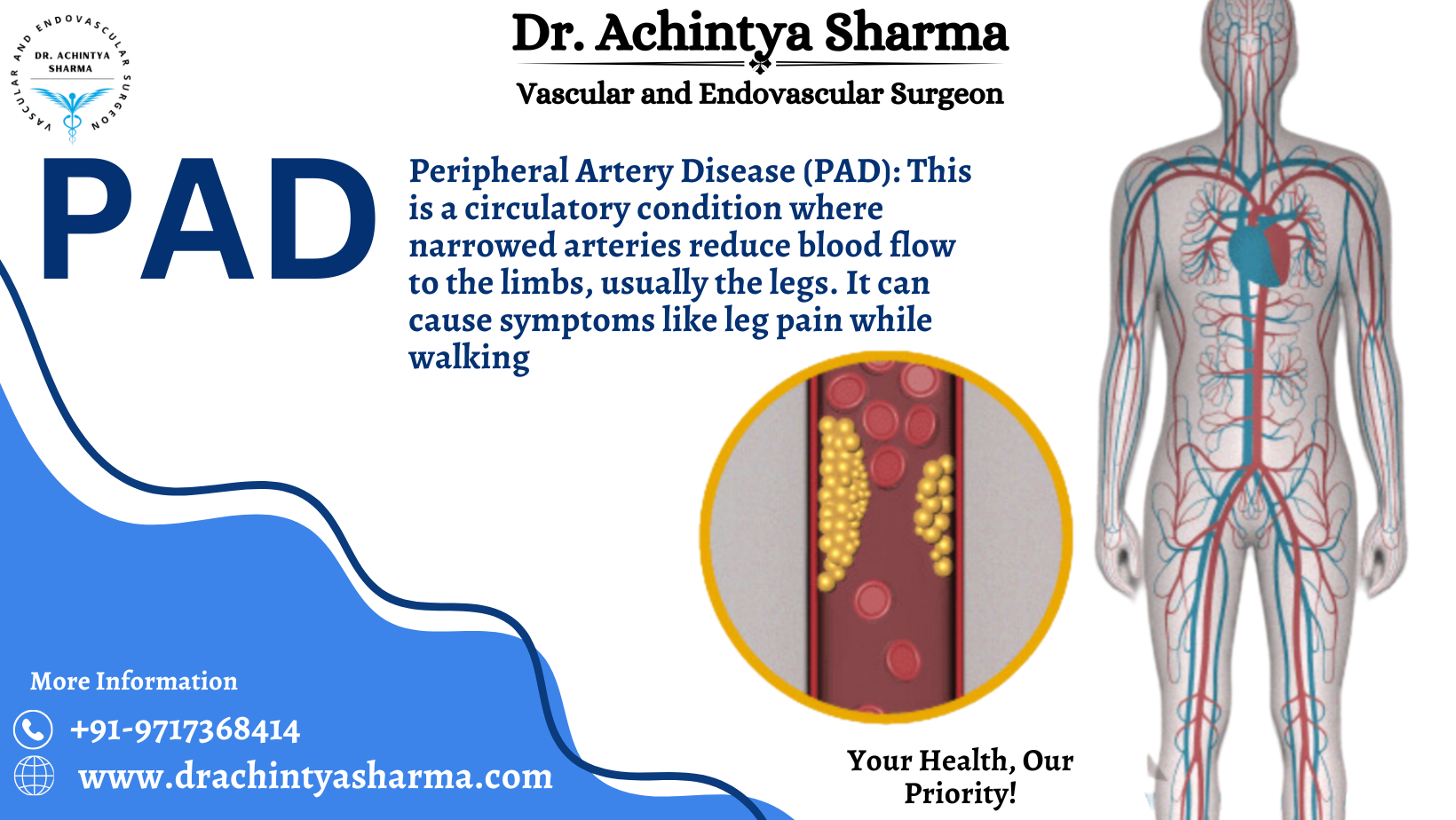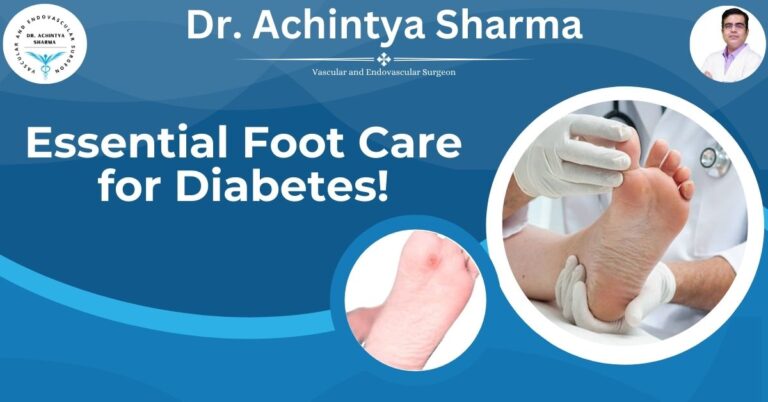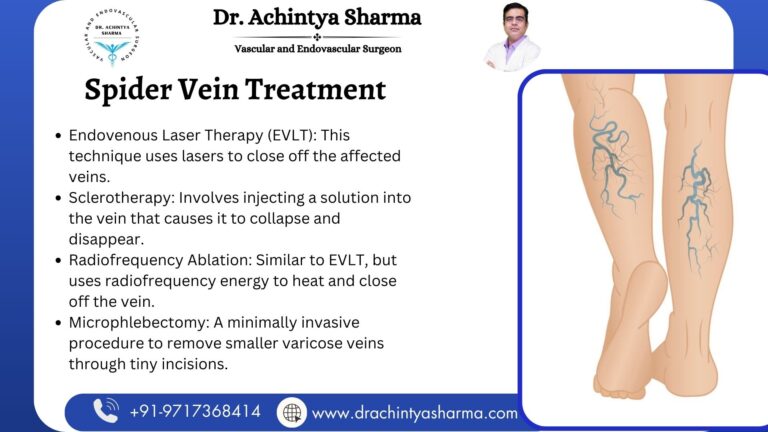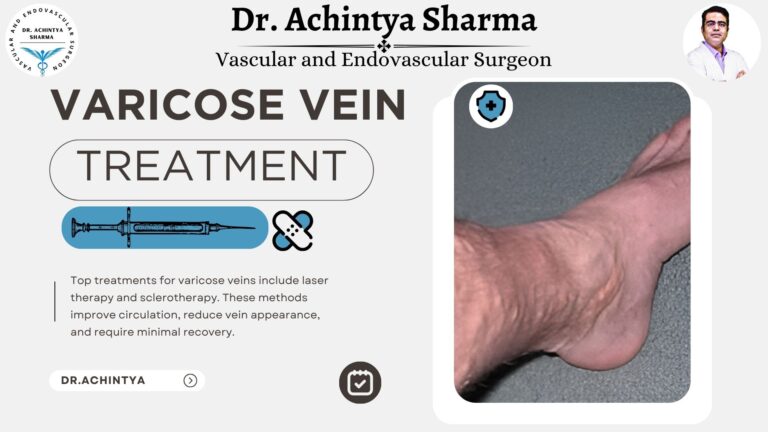Introduction:
Peripheral Arterial Disease (PAD) is a condition characterized by narrowed arteries typically in the legs, leading to reduced blood flow to the limbs. This can result in various symptoms such as leg pain, cramping, and difficulty walking. If left untreated, PAD can significantly impact quality of life and even lead to serious complications such as surgically cutting off a limb.
Fortunately, there are several effective treatments available to manage PAD and improve patients’ outcomes. From lifestyle changes to medications and surgical interventions. The treatment options aim to make less severe symptoms of PAD, improve circulation, and reduce the risk of complications.
Effective Treatments for Peripheral Arterial Disease:
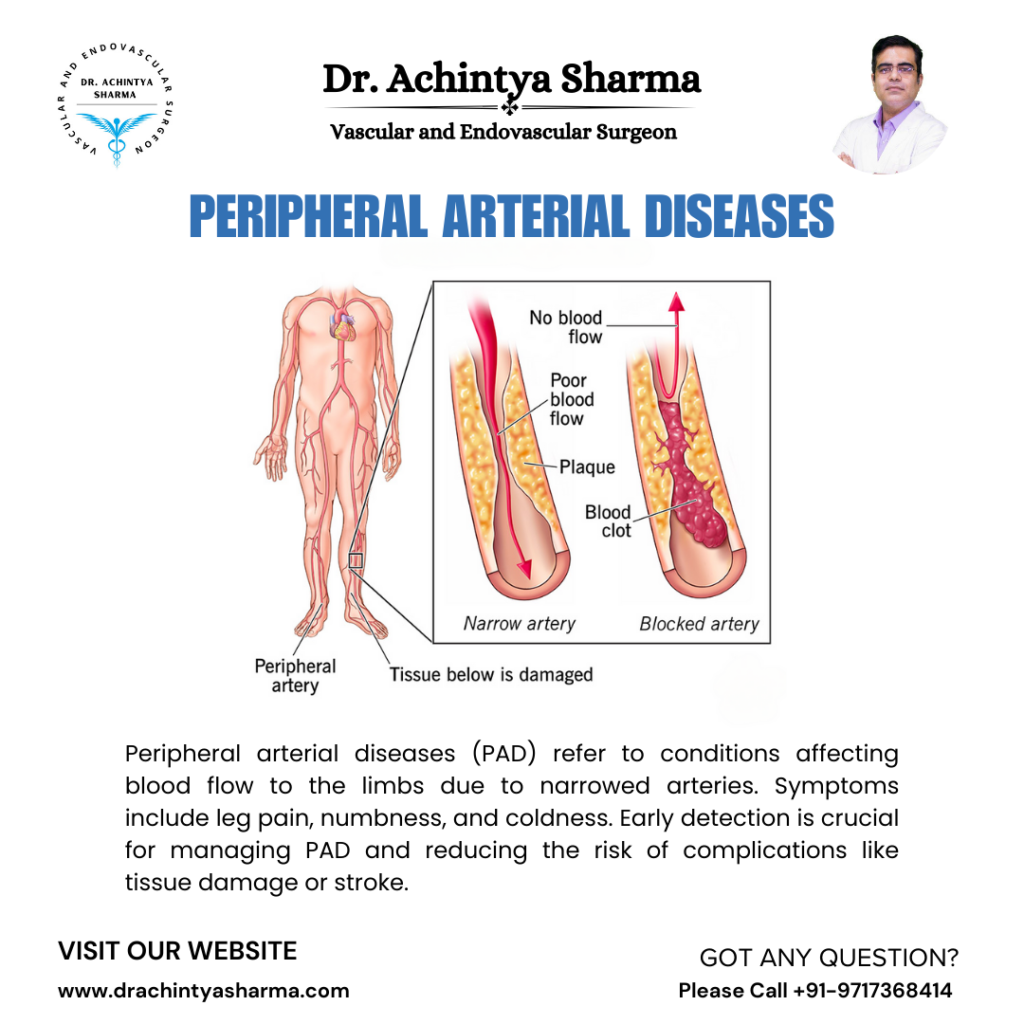
Lifestyle Modifications:
Adopting a healthy lifestyle plays a crucial role in managing PAD. This includes quitting smoking maintaining a balanced diet low in saturated fats. And cholesterol engaging in regular exercise and managing other risk factors such as high blood pressure and diabetes. These changes can help slow the progression of the disease and improve overall cardiovascular health.
Medications:
Several medications may be prescribed to manage PAD symptoms and reduce the risk of complications. This may include antiplatelet agents such as aspirin or clopidogrel to prevent blood clots. Cholesterol-lowering drugs like statins to reduce plaque buildup in the arteries, and medications to control blood pressure and sugar levels.
Peripheral Angioplasty and Stenting:
In cases where lifestyle changes and medications are not sufficient, minimally invasive procedures such as angioplasty and stenting may be recommended. During angioplasty, a catheter with a balloon tip is inserted into the narrowed artery and inflated to widen the vessel, improving blood flow. In some cases, a stent is placed to keep the artery open.
Bypass Surgery:
For severe cases of Peripheral Arterial Disease where arteries are extensively blocked, bypass surgery may be necessary. During this procedure, a graft is used to create a new pathway for blood flow, bypassing the blocked section of the artery. Bypass surgery can help restore blood flow to the affected limb and alleviate symptoms. So you need to consult with a PAD Specialist.
Exercise Therapy:
Supervised exercise programs, such as supervised treadmill walking, have been shown to improve walking distance and quality of life in PAD patients. These programs are often tailored to individual patients and may include a combination of walking, strength training, and flexibility exercises.
Conclusion:
Peripheral Arterial Disease requires a comprehensive approach to treatment, addressing both lifestyle factors and medical interventions. With early diagnosis and appropriate management, individuals with PAD can experience significant improvements in symptoms and overall quality of life. By implementing lifestyle changes, taking medications as prescribed, and considering interventional procedures. When necessary, patients can effectively manage PAD and reduce the risk of complications, ultimately leading to better long-term outcomes. That is why peripheral arterial disease treatment is important. If you or a loved one is experiencing symptoms of PAD, consult a healthcare professional. For evaluation and personalized treatment recommendations.

